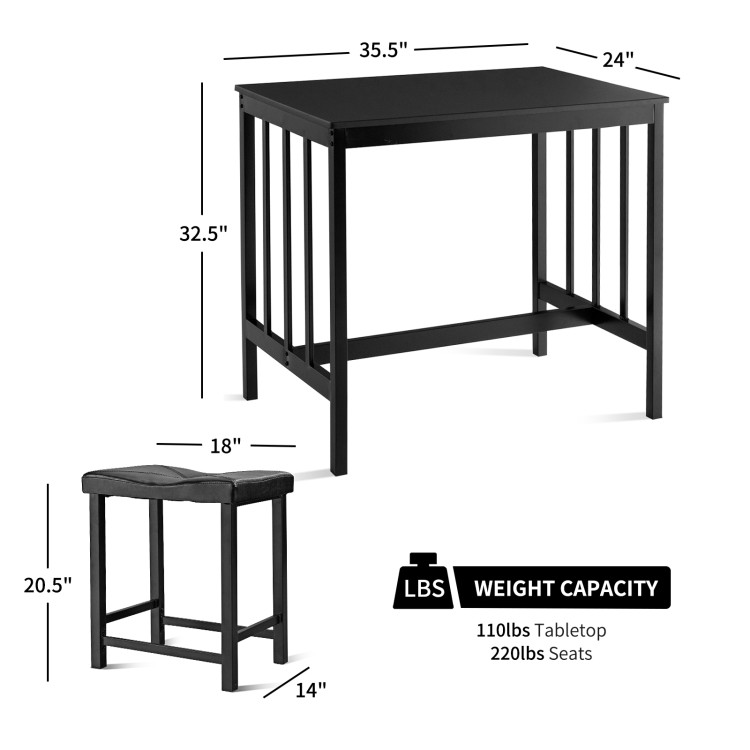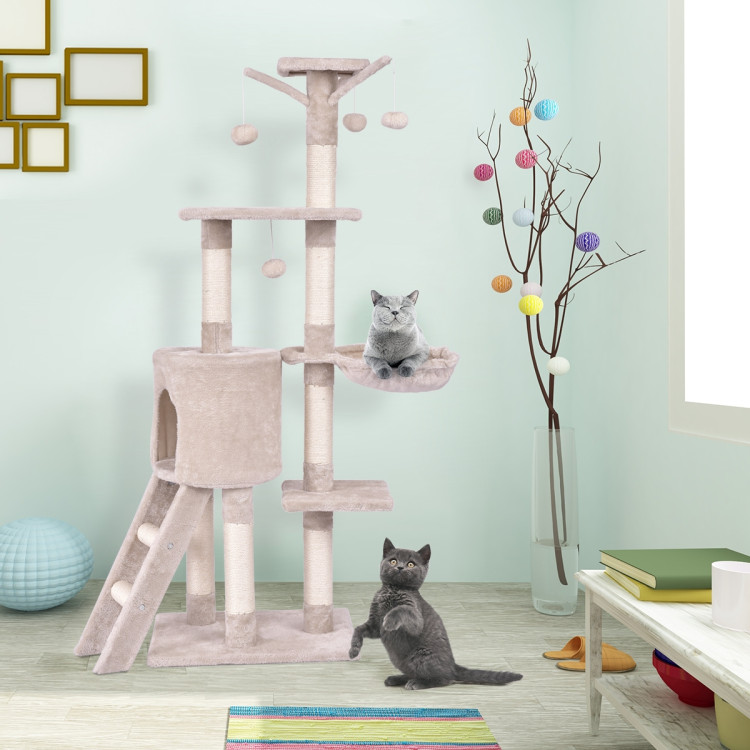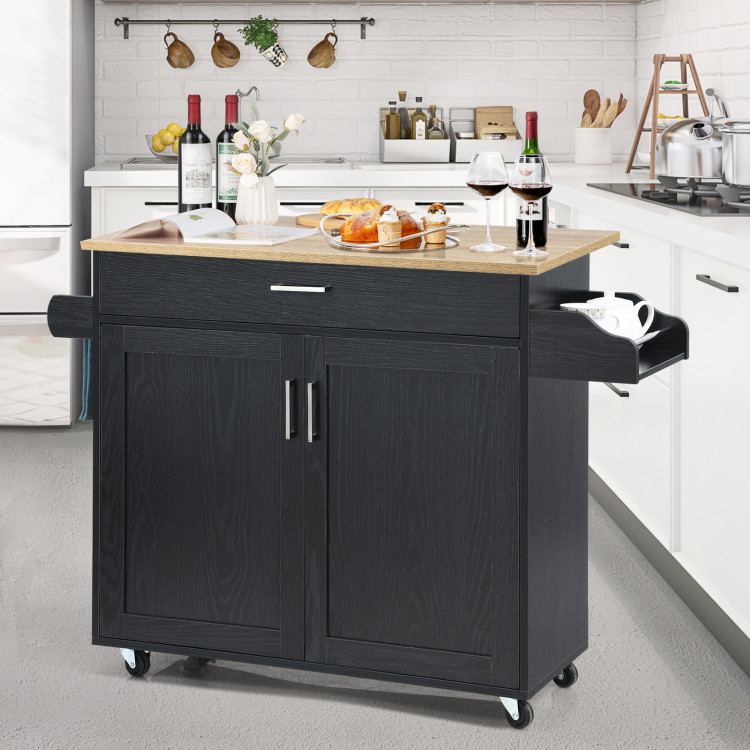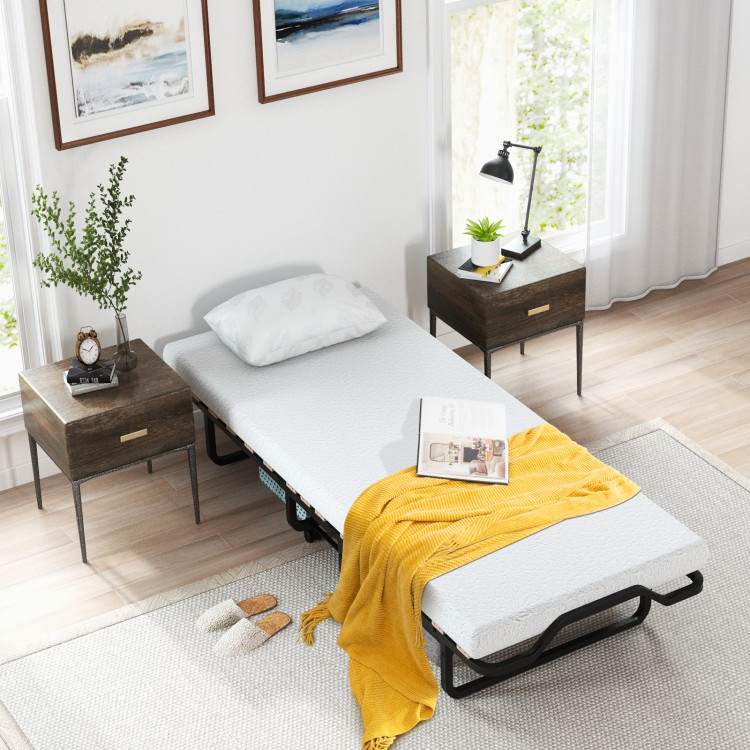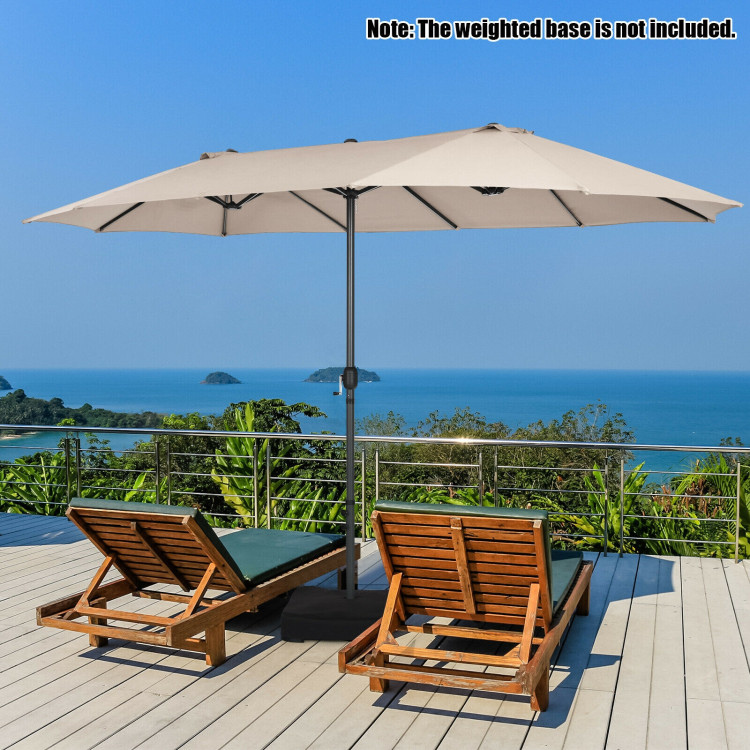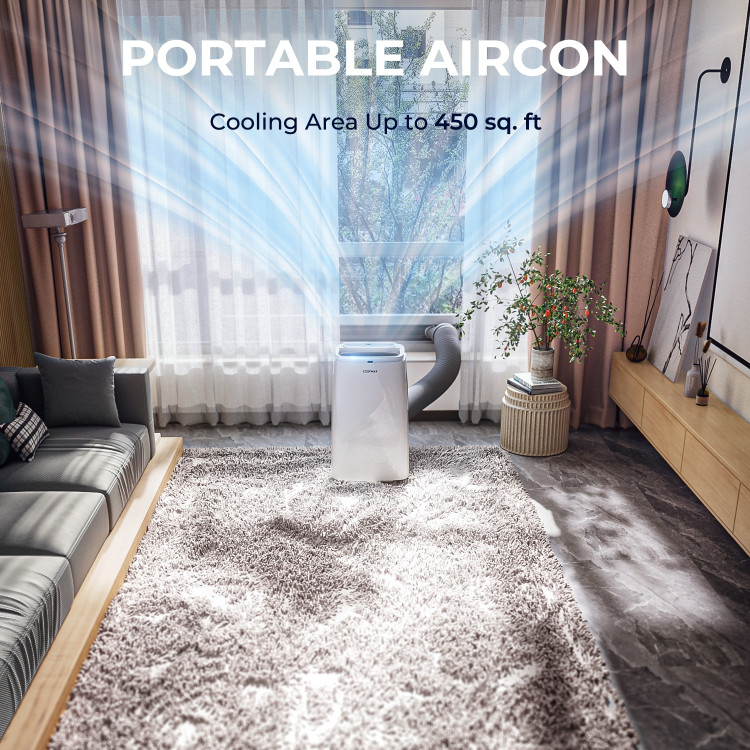Do you own a piece of furniture that is made from laminate, veneer, or solid wood, but are hesitant about how to properly clean it? Don’t worry, you’re not alone. In fact, this is one of the most common questions from customers before they buy new furniture.
Laminate furniture offers a more affordable alternative to veneer and solid wood options. Creating laminate products relies on layering synthetic materials and creating a surface that looks like wood grain. The result is a material that is often lighter and more stain and scratch-resistant than wood. To maintain your laminate products and prolong the life of your furniture, you will want to keep it clean.
While laminate products use synthetic materials, veneer office furniture is covered in a thin layer of real hardwood. This top layer is used to cover cheaper materials, usually particle board. The main benefit of veneer pieces is that they offer the look and feel of wood without the expense. In fact, you can even sand and stain veneer furniture if you want to give it an updated look.
Although veneers tend to be less expensive that solid wood options. Veneer is used to create truly unique and beautiful works of art. Veneer can offer more design flexibility and opportunities for creativity.
When it comes to cleaning laminate wood furniture, good old soap and water is best. Start with a microfiber cloth and simply dampen the cloth with warm water. As you wipe down the surface, try to move with the grain. In most cases, this will be more than enough to remove any dust and dirt. If necessary, follow up with another dry microfiber cloth to soak up any excess moisture.
If you need to do some deep cleaning and get rid of stubborn dirt or stains, try to mix mild soap and warm water. Instead of using large swiping motions, really focus on scrubbing small areas. You can even try using a light spray of non-ammonia based glass cleaner to help get things clean.
The most important thing to remember is to avoid using ammonia-based cleaners on laminate and veneer surfaces. These chemicals can cause damage and create a cloudy look on the surface.
Use coasters. Condensation can damage the finish and create a cloudy appearance. If you have water rings, you can rub the area with dissolving agent. This will remove the finish around the damaged area. Follow up with an application of oil or petroleum jelly to completely erase the mark.
The same rule applies to your hot coffee and tea mugs. Exposure to heat can cause veneers to blister. Exposure to heat can cause veneers to blister. Avoid placing drinks or hot dishes on your furniture in order to prevent damage.
Don’t let spills stand. Veneer is applied using heavy-duty glue, but moisture can break down the glue and cause the veneer to peel off the surface. Prevent moisture from getting underneath the veneer by quickly and thoroughly cleaning up any spills.
When it comes to cleaning veneer furniture, you can apply many of the same rules for laminate products. Avoid harsh and abrasive cleaners and rely on simple soap and water. If you want to repair small scratches, you can apply oil polish and rub the area with a soft microfiber cloth until the scratch is no longer visible. Otherwise, avoid the frequent use of wax products to avoid build-up and simply dust the surfaces regularly.
A lot of people use spray polish because it smells good and leaves wood with a shiny surface. However, it is important to keep in mind that using polish too often can result in a build-up of residue. Just as with laminate and veneer finishes, your best bet is to rely on a microfiber cloth that will actually pick up particles instead of pushing them around and warm water.
If you need to go beyond simple maintenance and give your wood furniture a good cleaning, then soap flakes and warm water should do the trick. Detergents have a tendency to dull wood, so place in some soap flakes that can be dissolved in water.
For truly unclean wood furniture that has developed a sticky surface, white vinegar is the solution. Place a few drops into a cup of water for a diluted mixture and dip your microfiber cloth in the liquid. Be sure not to soak the wood surface as you clean.
Whether you purchase laminate, veneer, or solid wood furniture, many of the same rules apply. Make sure you clean surfaces regularly, avoid harsh chemical cleaners, and don’t expose surfaces to extreme conditions such as hot temperatures and excessive moisture. Follow a simple practice for cleaning and maintenance and help your furniture look great for many years to come.
